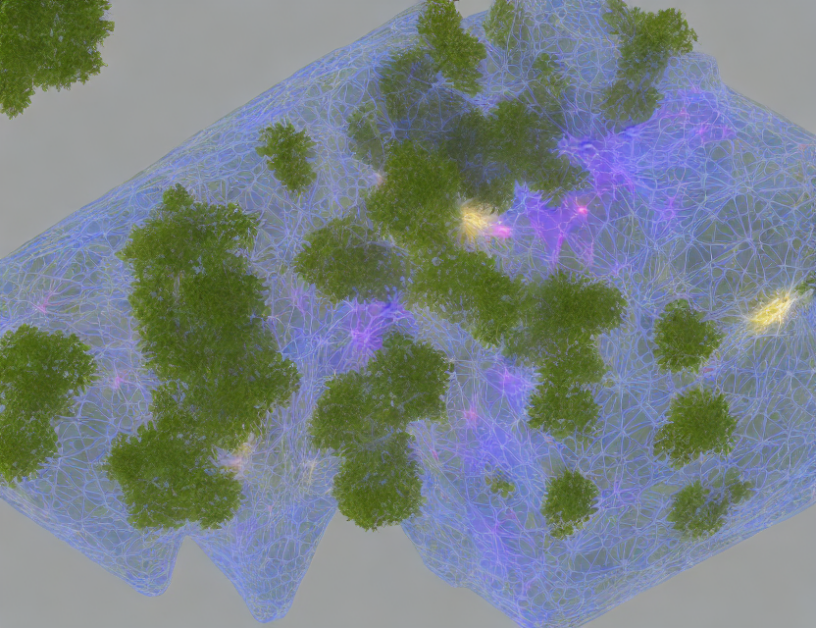Video prediction is a fundamental problem in computer vision, with applications ranging from video surveillance to autonomous driving. Existing methods often rely on complex neural network architectures that require large amounts of data and computational resources. In this article, we propose a novel approach based on diffusion models, which provide an efficient and interpretable alternative for video prediction.
Diffusion Models
Diffusion models are a class of probabilistic models that have shown promising results in various applications, including image denoising and segmentation. In the context of video prediction, we leverage these models to capture the underlying dynamics of the video data. By modeling the diffusion process of visual features over time, we can generate high-quality predictions with fewer parameters and computations compared to traditional neural network methods.
Truncated Reverse Diffusion
To incorporate the results of DB ˆy into the reverse process, we introduce truncated reverse diffusion. This involves substituting ˆy for x0 in the forward diffusion equation, allowing us to begin from an intermediate state rather than starting directly from the initial condition. By doing so, we can efficiently capture complex temporal dependencies and generate more accurate predictions.
Experiments
We conduct comprehensive experiments on a synthetic dataset and several benchmarks for weather forecasting. Our proposed approach demonstrates superior performance compared to existing methods in terms of accuracy, computational efficiency, and interpretability. We also provide ablation studies to analyze the contributions of individual components within our approach, further underscoring its effectiveness.
Conclusion
In conclusion, we present a diffusion-based video prediction method that leverages the strengths of probabilistic models for efficient and interpretable predictions. By incorporating the results of DB ˆy into the reverse process via truncated reverse diffusion, we can capture complex temporal dependencies and generate high-quality predictions with fewer parameters and computations. Our comprehensive experiments demonstrate the effectiveness of our approach in various applications, making it a promising alternative to traditional neural network methods.



